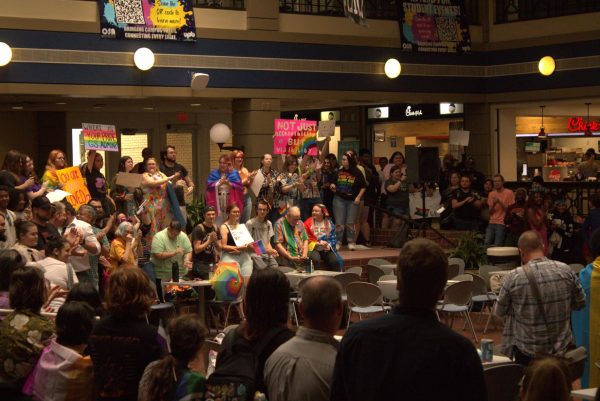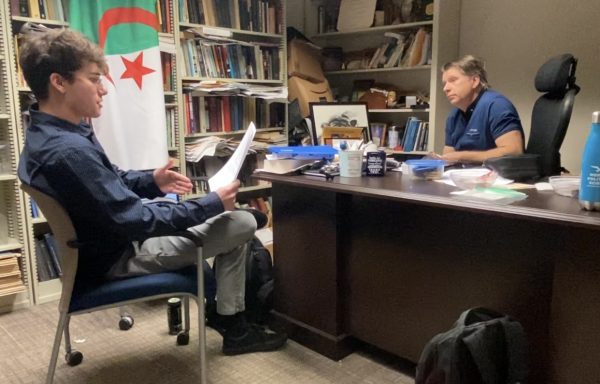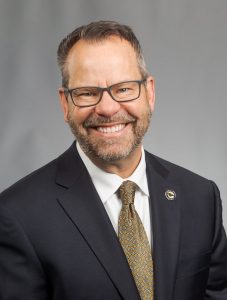Urban legends of GSU
October 29, 2015
While Savannah is well known for its haunts, a lot of people do not consider its neighbor, Statesboro, to have the same allure.
From the abandoned meat packing house and the house on Harville Road to secret gardens and pathways on campus, Statesboro houses some of the most phenomenal tales infamous only to the city itself. Whether it’s superstitions, urban legends, horror films or scary stories, when it comes to mentioning words like “ghosts” or “paranormal” in real life, the average skeptic can be, well, skeptical. With the exception of freshmen and new students, Georgia Southern students are no strangers to the area’s urban legends.
1. The whale under Sweetheart Circle
Home to countless marriage proposals and wedding ceremonies, the first thing fellow Georgia Southerners typically think of when they hear Sweetheart Circle is its cutesy tradition that walking around the circle three times with one’s significant other will guarantee the two to get married one day. On the basically nonexistent list of things buried under Sweetheart Circle, a whale, let alone a time capsule, is probably unlisted.
It’s been more than twenty years since the late paleontologist and GSU geology professor Dr. Richard Petkewich stumbled upon a pygmy sperm whale on the coast of Georgia and buried it under a sand hill at the mouth of Sweetheart Circle for research purposes.
Specializing in marine life, Dr. Petkewich had plans of letting the soil from the burial de-flesh the carcass of the whale over a designated period of time and then digging it up for further study, according to Margaret Wilson, a former pupil of Petkewich.
“Richard passed away from health complications shortly after he made those plans and did not leave enough clues for anyone to find the exact location of the whale today,” Wilson said.
With the scarce amount of journals and notes in which Dr. Petkewich left, even detection technology could cease to ever find the exact remains of the pygmy sperm whale.
2. Sanford Hall
Since Sanford’s grand re-opening from a male dormitory into the Communication Arts building, there has been one particular occurrence in the former boys dormitory that has caught the attention of many communication arts students and faculty.
The door that grants access to the features and equipment of Room 107B was found unlocked one morning. Believing the incident to be of criminal-related activity, university police were contacted by the building’s staff to investigate. After security footage cleared the air of any possible criminal intentions human interference in the room at the time of the incident, the next step was for police investigators and Sanford staff to believe the unbelievable. Footage revealed the door to have opened without anyone moving the door.
To protect valuable learning equipment and aspects, the door has a uniquely secure way of opening and closing.
“When you open the door that goes into our control room and turn the knob, the knob on the other side of the door does not turn or budge, but in the video, it did,” Tyson Davis, Communication Arts instructor, said.
With theories of the door opening due to air pressure or air conditioned cause-and-effect reaction unlikely, investigators and faculty were faced with considering the presence of the supernatural. The incident left the Sanford community with three spooky explanations that could offer some insight on the mystery.
1) During the time Sanford was a dormitory, the privilege of having a radio in the dorm was a hot commodity for the young residents. As seen on a multitude of ghost hunting reality shows, radio technology has been portrayed to assist in detecting wave frequency of paranormal activity and audio.
2) Sanford custodian Mose Bass was a Georgia Southern employee passionate about making sure every student made their way to class on time. For those who requested it, Bass would even go into the rooms of Sanford students in the morning and make sure they hadn’t overslept for class. Some say Bass was so passionate about the kids receiving education that he may have never left Sanford, even after he left this world.
3) GSU Professor Kent Murray passed away just prior to Sanford Hall reopening as the communication arts department and some say he is simply watching over and taking care of the newly renovated building.
3. The unaccepted student
From SAT scores to GPA, GSU has a variety of requirements for individuals either entering college for the first time or transferring from another school. While getting accepted into GSU may seem just like any other college admissions process, one individual’s road to college took a different route.
With her name uncertain, a high school girl from a town neighboring Statesboro had dreams of attending GSU after graduation in the 1970’s. Her dreams were cut short after an illness struck and eventually took her youthful life.
Like many current GSU students coming in from the big city, it’s rare not to hear someone call this town boring at times. At the time, GSU was one of the more well known schools in the area for miles. Compared to the small town the aspiring college student had lived in all her life, attending GSU was like taking a bite out of the Big Apple.
While some say her name was Beatrice, some say she went by Kitten due to her love for cats. Some say that even though she never had the chance to experience college before she died, her adventurous spirit eventually began attending Georgia Southern on its own. Legend has it that her spirit still attends and that she even plays with the stray cats on campus during late hours. Although few sources have been compared, two and two have been put together through tales passed around by Statesboro natives that Beatrice, or Kitten, does indeed play with the cats after class at the school she was unable to attend.
Whether “Kitten’s” application exists in the drawers of the admissions office remains unknown. Whether she will ever graduate from roaming the halls of Georgia Southern also remains unknown.
*Urban legend – an apocryphal, eerie or horrific secondhand story where the only evidence the storyteller may have, the rest of the world may never have the privilege to see.















